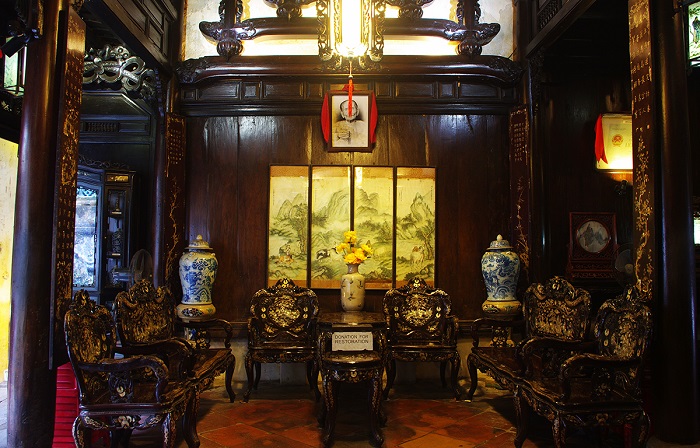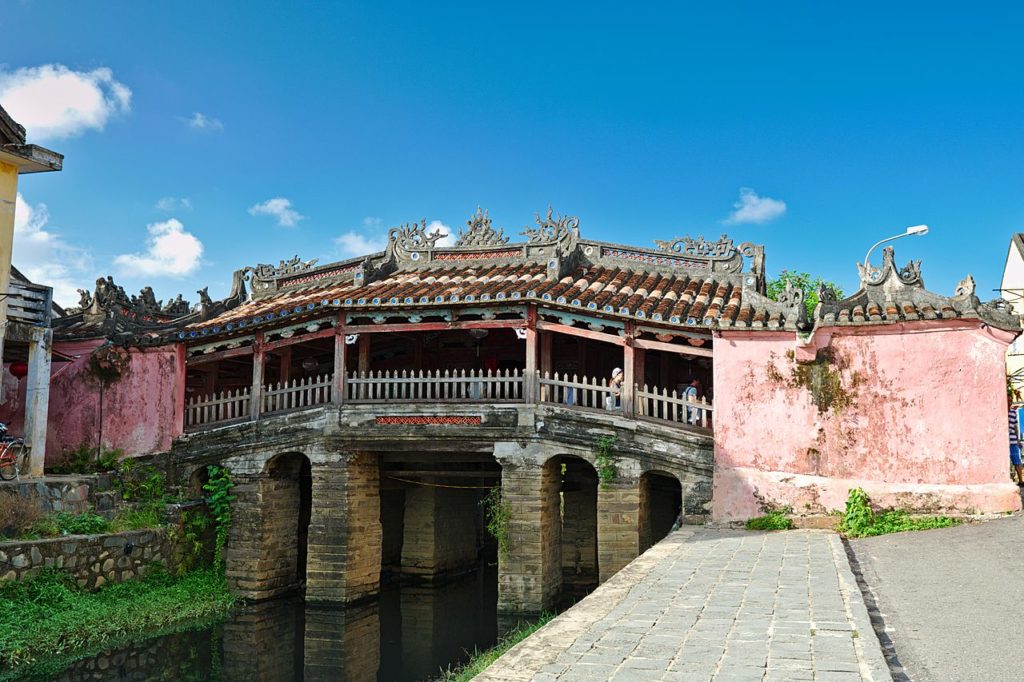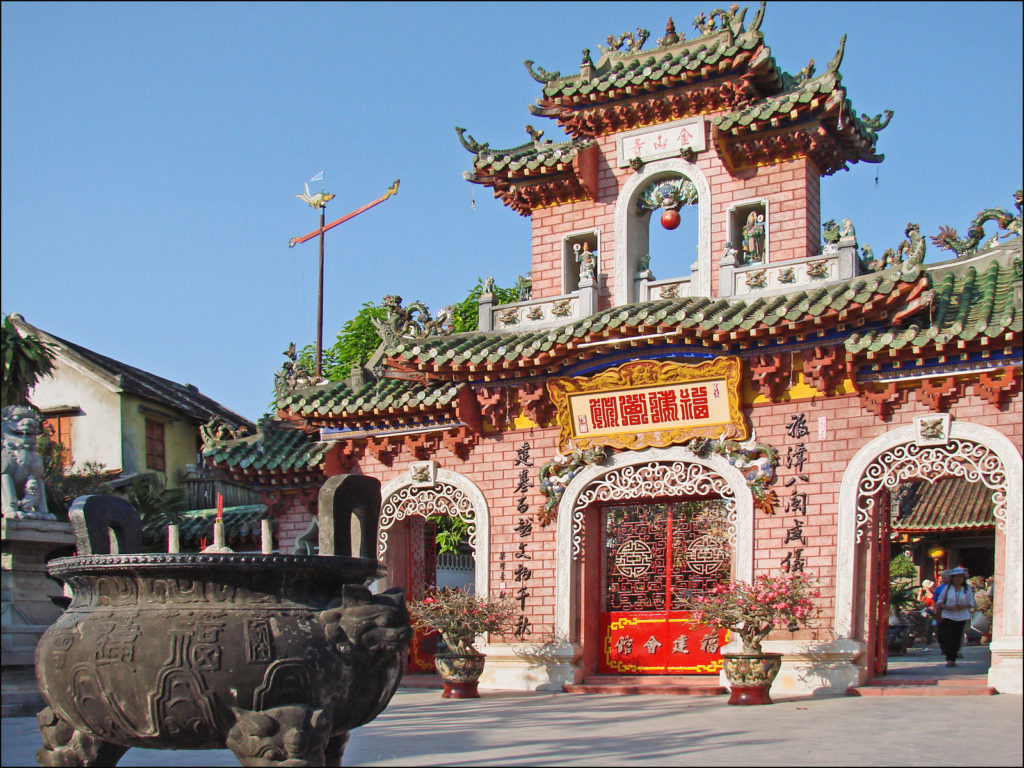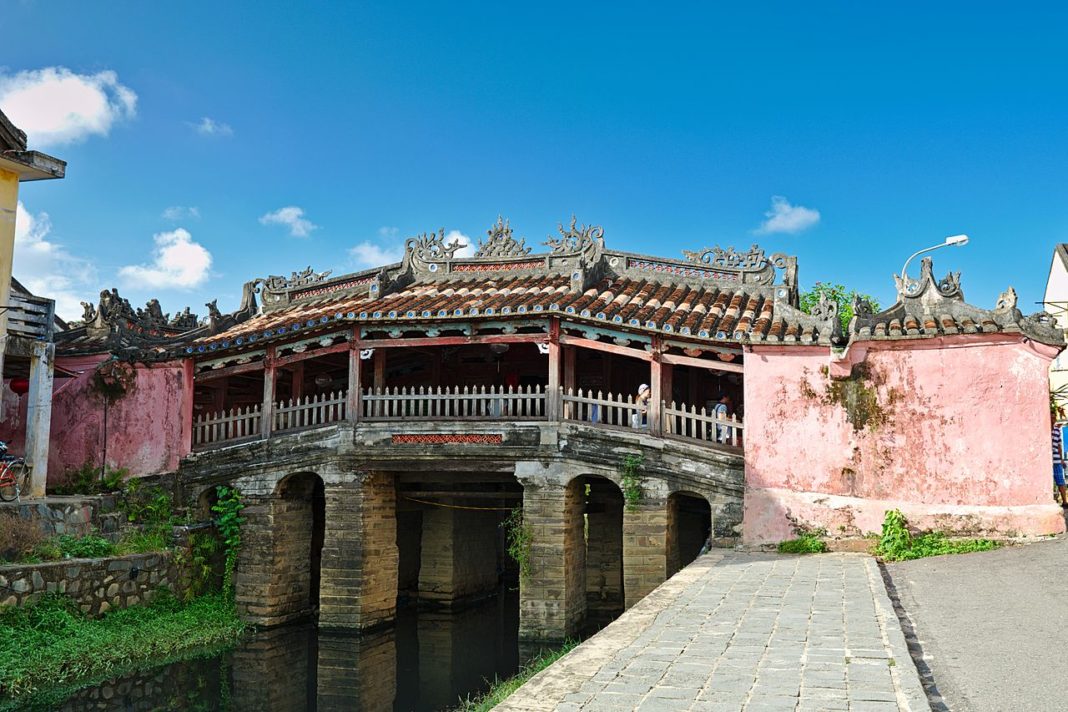Enjoy a traditional Hoi An water puppet show
A great way to get under the skin of local culture, this re-creation of Vietnamese traditional village tales through the medium of puppets who seem to float on the water is a delight for all ages. An English-language narration helps you keep up with the light-hearted storylines. Make sure to pre-book – these hour-long shows (made up of several mini-tales) are deservedly popular.
 Discover the Old House of Tan Ky
Discover the Old House of Tan Ky
Built in the 18th century for a Vietnamese merchant clan, the Progress Shop – still a private home with the family living upstairs – is one of the most historically significant buildings in Hoi An’s picturesque old town. The architects drew on Japanese, Chinese and Vietnamese building styles for inspiration. Hire a private guide for a tour of the ornately decorated, antique-filled rooms and you’ll gain a glimpse into what life was like for more than seven generations of Hoi An merchants. Watch out for details such as columns decorated with mother-of-pearl Chinese poems and carvings under the eaves.
 See the Japanese Bridge
See the Japanese Bridge
The only covered bridge in the world to house a Buddhist temple was built in the 16th century as a symbol of goodwill between Chinese and Japanese merchant communities. Unlike most other buildings in the old town, which are decorated in flamboyant Chinese and Vietnamese architectural styles, the bridge has retained a distinctively Japanese character, with subdued decorations and references to Japanese history.
 Admire the Fujian (Phuc Kien) Assembly Hall
Admire the Fujian (Phuc Kien) Assembly Hall
One of the grandest buildings in Hoi An was constructed in the 17th century as a social and sacred space for the Fujian Chinese community of Hoi An. The building’s massive gateway is adorned with bright carvings of Chinese mythological figures and there’s an impressive main courtyard. Local people frequently come to pray here when they want to conceive, hence the 12 midwives among the pantheon of statues and carved figures dotted throughout the grounds.
 Take a day trip to the My Son ruins
Take a day trip to the My Son ruins
This scattering of fourth- to 13th-century Hindu temples, west of Hoi An and largely abandoned in the past millennium, was declared a Unesco site in 1999. It’s remarkably well preserved, with more than 140ha (346 acres) of ruins testifying to the influence of Hinduism on early Vietnamese culture. Tours are available from Hoi An or you can hire a car and driver but set out early to avoid both the crowds and the heat.
 According to theculturetrip.com
According to theculturetrip.com














